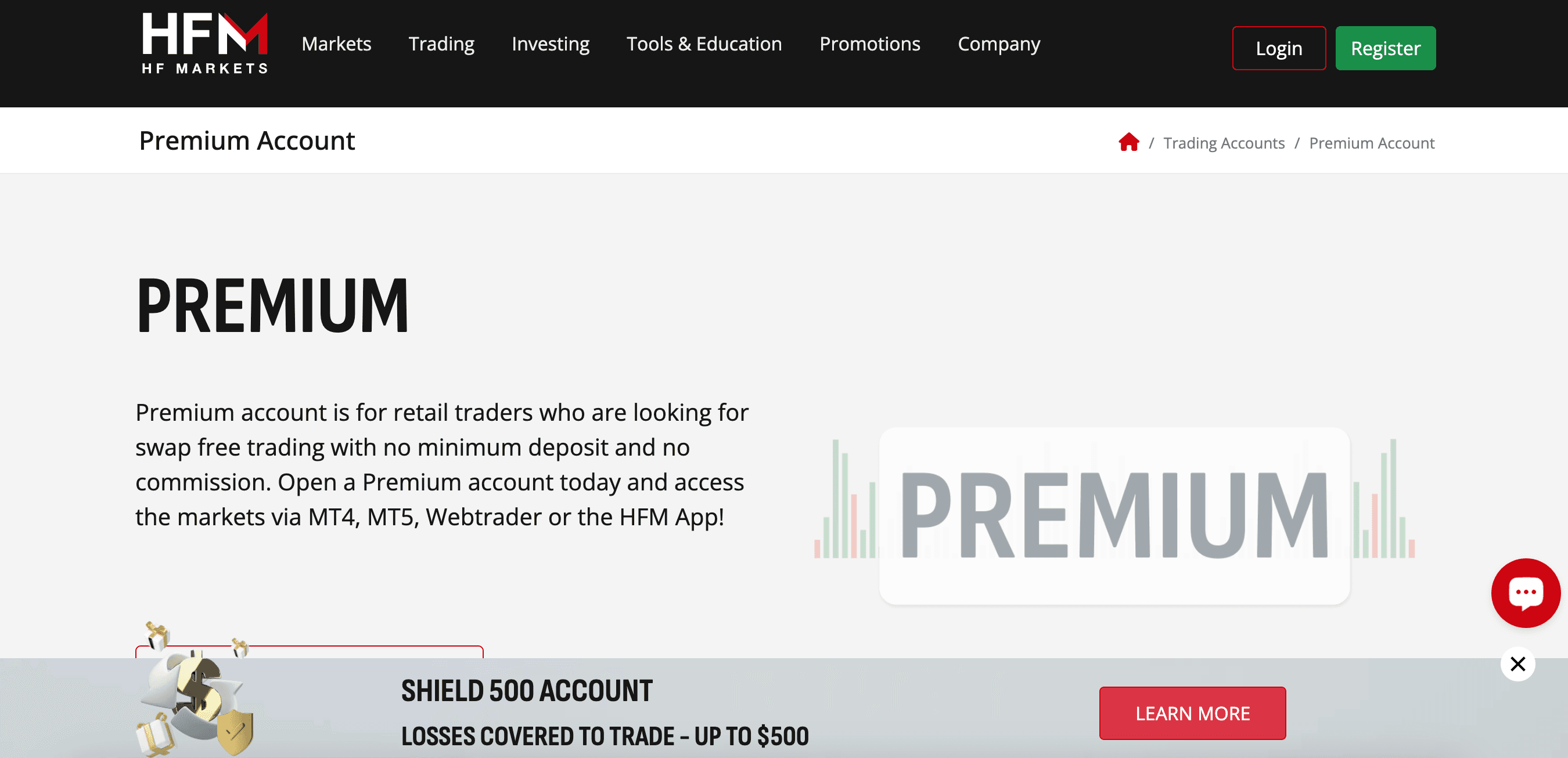In the current digital environment, safeguarding your website from online attacks is more crucial than ever. This article provides essential tactics for guaranteeing the safety and security of your website in 2024, assisting you in maintaining user confidence, protecting sensitive data, and adhering to legal requirements.
What is website security?
Website security, or site security, involves measures taken to protect a website from cyber threats. Ensuring website security helps defend against hacking, data breaches, malware, and other malicious activities that can compromise your site.
To secure a website, it's essential to maintain its integrity, availability, and confidentiality. A website that is secure from threats not only protects the data it holds but also ensures that users can trust the platform. Website security is crucial for building user confidence and safeguarding sensitive information.
What is website data?
Website data is the information that a website collects, processes, and stores. This includes things like user information (names, email addresses, and passwords), browsing history, preferences, transaction details, and user-generated content (comments and reviews). Website data helps provide personalized experiences, analyze site performance, and improve services.
However, it's important to learn how to make my website secure to protect this data. Understanding what is web security and ensuring website security can prevent unauthorized access and data breaches.
Why is website security important?
Knowing how to secure your website is the first step in keeping your online presence safe. Here are a few reasons why the security of a website is crucial:
- Data Protection: Websites often store sensitive information like personal details, financial data, and secret information. Keeping this data safe from bad guys is very important.
- User Trust: A secure website makes users feel safe. People are more likely to use a site that they know is protected.
- Regulatory Compliance: Many places have strict rules about keeping data safe. Businesses must follow these rules, or they could get into big trouble.
- Preventing Downtime: Bad people can attack websites, causing them to stop working. Knowing how to secure your website helps keep it running smoothly and avoids these problems.
Understanding what a secure website is and how to secure your website can make a big difference in keeping your website safe and your users happy.
Best Practices for Website Security
By putting these best practices into effect, you may greatly improve the security of your website:
1. Make use of HTTPS
Let's start by discussing HTTPS. It functions similarly to a secret code for your website, ensuring the privacy of any information transferred between your computer and the website. In terms of web page security, this is a significant advance. You need something called an SSL/TLS certificate to get HTTPS. It aids in website security, preventing hackers from stealing your data.
2. Consistent Software Upgrades
Next, we need to maintain all software updates for the website. Consider it similar to checking if your gadgets are in working order. Plugins, themes, and content management system (CMS) updates contribute to the security of your website. These upgrades generally address security flaws that might allow hackers to get access. A significant portion of site security is this.
3. Authentication and Tough Passwords
Creating secure passwords is crucial. It is comparable to a sturdy lock on your door. Ensure that your password is strong enough for everyone who can access your website. It's like having two locks instead of one when multi-factor authentication (MFA) is added. This adds even more security to your website.
4. WAF, or Web Application Firewall
For your website, a Web Application Firewall, or WAF, is like a superhero. It detects and blocks malicious traffic to your website. It defends against cross-site scripting (XSS) and SQL injection attacks. One effective method of website security is to use a WAF.
5. Regular Backups
Backing up your website is like making a copy of your favorite toy. If your website gets broken or lost, you can restore it quickly. Keep these backups in a safe place and check them often. This is essential to securing a web page.
6. Limit User Access
Not everyone needs to have the keys to your house. The same goes for your website. Only give access to people who need it. This reduces the chance of someone making bad changes or stealing information. It’s a simple way to secure your website.
7. Secure File Uploads
If your website allows people to upload files, be careful. Make sure the files are safe by checking them for bad stuff, like viruses. Also, only allow certain types of files to be uploaded. This keeps your site's security strong.
8. Monitor and Log Activity
Lastly, keep an eye on what happens on your website. It's like watching your house to make sure everything is okay. Look for strange activities and keep records of what happens. This helps you spot problems early and secure your website.
Common Website Security Threats
You may improve the security of your website by being aware of typical risks to its security. The following are some of the most common risks to the security of websites:
1. Malware
Malware, often known as harmful software, is a frequent danger to the security of websites. It can compromise operations, infect your website, steal data, and propagate to users' devices.
2. Cyberattacks
Another frequent danger to website security is phishing. These assaults pose as reliable sources to deceive users into divulging critical information. Phishing attacks can be carried out using phony emails, texts, or login sites.
3. Injection of SQL
One serious risk to the security of websites is SQL injection. By adding malicious SQL code to a query, an attacker can access a database and take confidential data out.
4. XSS, or cross-site scripting
A website security risk known as Cross-Site Scripting (XSS) occurs when hackers insert harmful scripts into sites that consumers see. Cookies, session tokens, and other private information can be stolen by these programs.
5. Denial-of-service Attacks
Attacks such as distributed denial of service (DDoS) pose a major risk to the security of websites. They cause a website to become slow or inaccessible because of an excessive amount of traffic, which interferes with company operations and degrades user experience.
How to Protect a Website
It takes many actions to secure your website. Here are a few quick suggestions to keep your website safe:
1. Perform Security Audits regularly
It is easier to identify flaws if you often scan your website for issues. Utilize technologies like as vulnerability scanners to promptly identify and resolve any vulnerabilities.
2. Use safe coding techniques
Observe safe coding guidelines when developing your website. This entails employing secure coding techniques, verifying inputs, and not keeping critical data in plain sight.
3. Employ CSP or content security policy.
By restricting the types of material that may be placed on your website, a content security policy (CSP) helps thwart assaults. CSP can significantly reduce the likelihood of damaging assaults.
4. Guard Against Attacks Using Brute Force
Brute force attacks use a variety of combinations to attempt to guess passwords. Use CAPTCHA on login pages and account lockout policies to secure your website.
5. Keep Your Hosting Environment Safe
Select a reliable hosting company with robust security measures. Ensure that your server is configured securely, disabling any unnecessary services and enabling secure protocols.
6. Teach Your Group
Safety is everyone's responsibility. Instruct your group on safe web practices and website security. Frequent training can assist in preventing security issues brought on by human error.
By taking these precautions, you can shield your website from threats and maintain its security.
Website Security Tools and Services
Making sure your website is safe is important. Here are some things you can do to keep it secure:
1. Use Security Plugins:
If your website uses platforms like WordPress, there are special tools called security plugins. These plugins help protect your website from bad things like viruses and people trying to break in. They also keep your login safe.
2. Get Help from Managed Security Services:
Some services watch over your website all the time. They look for any problems and can stop them before they cause trouble. It's like having a superhero for your website.
3. Keep Devices Safe with Endpoint Security:
Devices like computers and phones that go on your website need protection too. Things like antivirus software and firewalls help keep them safe from bad stuff.
4. Use SSL/TLS Certificates:
These certificates are like magic codes that make sure all the information between your website and visitors stays private. It's like having a secret code that only your website and its visitors understand.
By doing these things, you can make sure your website stays safe and people can use it without worry.
Website Cyber Security on the Web
Website cyber security on the web means keeping your website safe from bad things that can happen online. It's like having strong locks and alarms for your website to protect it from hackers and other dangers. Here are some important things to do to keep your website safe:
- Encryption: Use HTTPS to make sure information sent between your website and users is in a secret code. This protects important information from being seen by the wrong people.
- Firewalls: Think of firewalls as guards that watch who tries to come into your website. They stop bad guys from getting in and causing problems.
- Regular Updates: Keep everything on your website up to date, like how you update your games and apps. This fixes any problems that hackers could use to get in.
- Access Control: Only let trusted people into the important parts of your website. Use strong passwords and sometimes an extra special code for more security.
- Malware Protection: Scan your website for harmful software that hackers might put there. Just like cleaning up your room, you need to remove these bad things from your website.
- Monitoring and Logging: Keep track of who visits your website and what they do. This helps you spot if someone bad tries to get in and what they try to do.
- User Education: Teach everyone who uses your website how to stay safe online. Just like you teach your friends how to play safely, teach them how to keep your website safe too.
Keeping your website cyber secure means making sure it's safe from all the tricky things that can happen online, just like keeping your favorite toys safe from troublemakers.
How to Respond to a Security Breach
Sometimes, despite trying our best, websites can face security problems. Here’s what to do if something goes wrong:
1. Isolate the Problem
If you suspect a security issue, quickly separate the affected parts of your website to prevent it from spreading. You might need to temporarily shut down your website.
2. Find the Cause
Investigate how the problem happened. This helps you understand what happened and how to prevent it in the future.
3. Inform People
If sensitive information is involved, let affected users and authorities know. It’s important for their safety and may be required by law.
4. Restore from Backups
If you have saved copies of your website, use them to restore it to how it was before the problem. Make sure everything is safe before making it live again.
5. Boost Security
After fixing things, make your website more secure. Update your software, change passwords, and keep an eye on things to avoid problems in the future.
Conclusion
In 2024, securing your website is more important than ever. By following the steps outlined in this guide, you can ensure your site remains a safe and trusted space for your users. Always use HTTPS to encrypt data, keep your software updated, and restrict access to only those who need it. Employ web application firewalls and malware protection to guard against threats, and continuously monitor your site for suspicious activity.
By understanding how to secure your website and implementing these best practices, you can maintain robust security for websites and provide a secure environment for your users. Remember, knowing what a secure website entails and staying vigilant are key to protecting your online presence.




